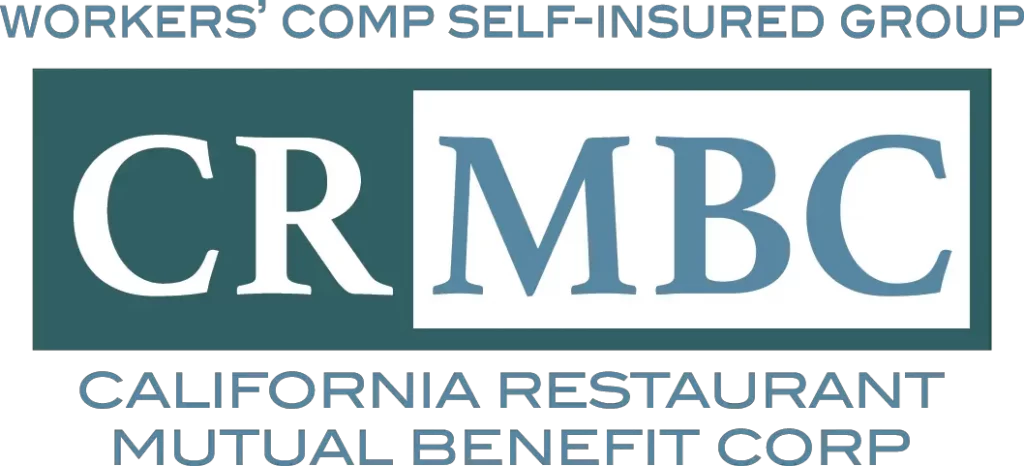Author: Kaya Stanley, Board Chair and CEO, CRMBC
In response to increasing concerns about workplace violence, California has introduced Senate Bill 553 (SB 553), a comprehensive legislation that mandates all employers in the state to implement detailed workplace violence prevention plans (WVPPs) by July 1, 2024. This new law applies to nearly all businesses in California, including restaurants, and will significantly change how workplace safety is managed. Restaurant owners must understand the requirements and take necessary steps to ensure compliance.
Key Requirements and Deadlines
Effective July 1, 2024, SB 553 requires that most California employers establish WVPPs as part of their California Occupational Health and Safety Administration (Cal/OSHA) Injury and Illness Prevention Plans (IIPPs). These plans must be tailored to each workplace, focusing on prevention, intervention, and employee assistance. Employers are tasked with identifying potential security risks, creating emergency response plans, and providing annual employee training on these measures. Failure to comply by the July 1st deadline could result in substantial fines, ranging from $18,000 to $25,000 per violation. Restaurant owners must prioritize developing and implementing these plans to avoid penalties.
Key Provisions of SB 553
Key provisions of SB 553 include the requirement for employers to develop violence prevention plans specific to their workplaces. These plans must be integrated into the IIPP framework, and individuals must be designated responsible for their execution. A critical aspect is the active involvement of employees in their development, implementation, and review. Additionally, employers must ensure comprehensive employee training on the WVPP’s specifics, the law’s requirements, and procedures for reporting workplace violence incidents. Restaurant owners should engage their staff in the process of creating and implementing these plans.
Reporting and Emergency Response
The law outlines stringent reporting procedures for workplace violence incidents, emphasizing follow-up measures and intervention strategies. Employers must establish emergency response protocols and coordinate with emergency response agencies in high-risk situations. SB 553 also extends the existing legal framework, allowing union representatives to file restraining orders for employees facing threats or violence at work, provided they have the employee’s consent. Restaurant owners must familiarize themselves with these reporting requirements and establish clear emergency response protocols.
Who is Impacted?
SB 553 impacts all California employers with at least one employee, with few exceptions. Exemptions include employers already complying with Cal/OSHA’s Violence Prevention in Health Care standard, the Department of Corrections and Rehabilitation, law enforcement agencies, employees working remotely, and small employers with fewer than ten employees at a non-public location. Most restaurants will be subject to this law and must take steps to comply.
Enforcement and Compliance
Cal/OSHA is responsible for enforcing SB 553. The agency will use routine inspections, employee complaints, and incident reports to ensure compliance. Violations can lead to civil fines and possibly misdemeanor charges. Cal/OSHA may also conduct follow-up inspections to verify that corrective actions have been implemented and that workplaces remain compliant. Restaurant owners should be prepared for potential inspections and ensure ongoing compliance.
Steps for Restaurant Owners
Restaurant owners in California should take several steps to ensure compliance and enhance workplace safety:
- Leadership Commitment: An effective WVPP begins with a firm commitment from leadership to its implementation and continual fine-tuning. Restaurant owners must demonstrate a strong commitment to workplace safety.
- Engage with Peers and Community: Engage with industry peers and community organizations to share insights and learn from a broader network. Collaboration with other restaurant owners can provide valuable insights and best practices.
- Seek Legal Counsel: Consult with legal professionals who are experts in California laws to ensure your workplace is fully compliant. Restaurant owners should seek professional guidance to navigate the complexities of SB 553.
By proactively addressing the requirements of SB 553, restaurant owners can not only comply with the law but also foster a safer work environment for their employees. This commitment to safety is essential in preventing workplace violence and ensuring the well-being of all staff members.
For further assistance, restaurant owners can refer to Cal/OSHA’s official resources.

Kaya Stanley is an attorney, published author, business owner, and highly sought-after strategic turnaround expert. Ms. Stanley serves as CEO and Chairman of the Board for CRMBC, the largest restaurant workers’ compensation self-insured group in California, and she is the Licensee for TEDxReno, an independently organized TEDx Event.
Throughout her 22 years of practicing law, Ms. Stanley has served as outside counsel for Wal-Mart and Home Depot. She was voted one of the country’s “Top 25 OZ Attorneys” by Opportunity Zone Magazine and published a best-selling book called “The Employer’s Guide to Obamacare.” Before that, she earned her master’s degree in social work and public policy, after which she worked with at-risk girls in Detroit and lobbied for women and families.








